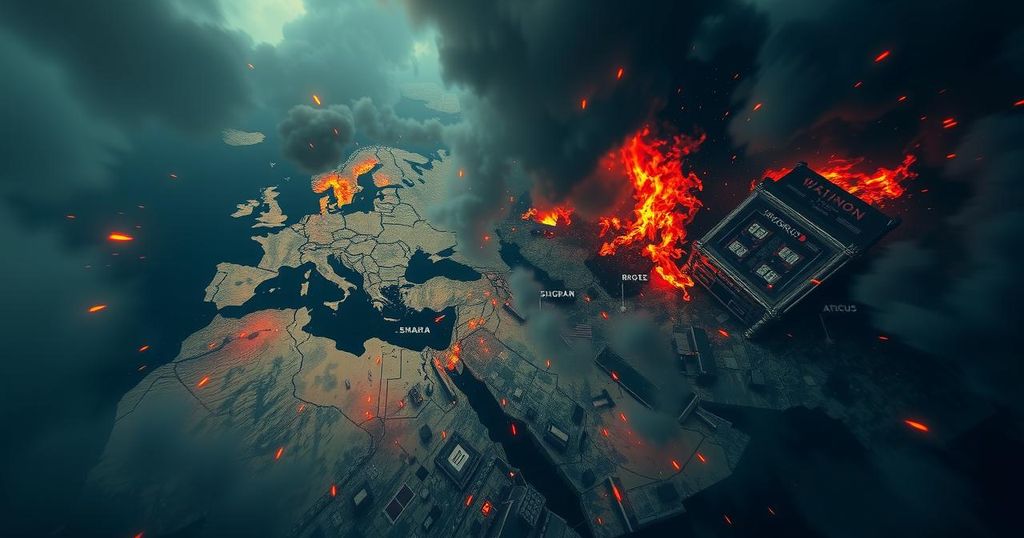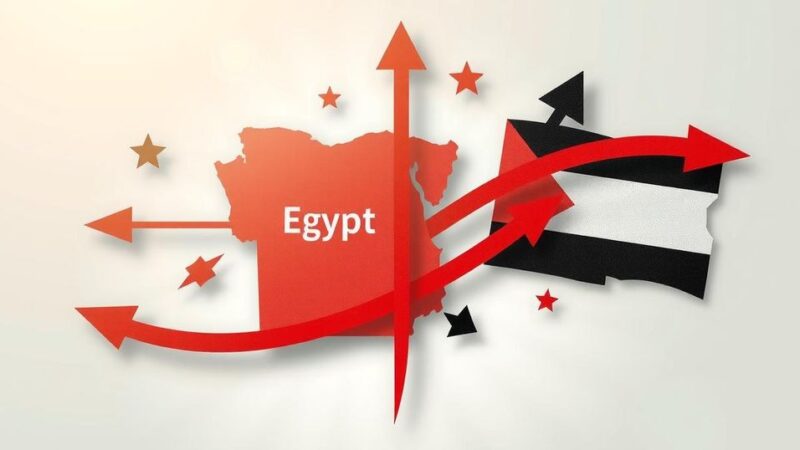The article focuses on the rivalry between Saudi Arabia and Iran, which is evolving into an ideological conflict centered around their strategic visions — Saudi Arabia’s Vision 2030 and Iran’s Vision 1979. This clash, which transcends historical ethnic and sectarian lines, has significant implications for the geopolitical dynamics of the Middle East.
The contemporary Middle East is embroiled in numerous conflicts that possess the potential to significantly alter the global political landscape. However, among these numerous disputes, the rivalry between Saudi Arabia and Iran stands out as the most consequential. Historically, this conflict was predominantly characterized by ethnic and sectarian divides, with the Sunni-majority Saudi Arabia poised against the Shiite-majority Iran. Nonetheless, the principal distinction in this rivalry has evolved into an ideological one. This ideological confrontation is primarily defined by the conflicting strategic ambitions of the two nations: Saudi Arabia’s Vision 2030 versus Iran’s Vision 1979. Each vision not only shapes the foreign policies of the respective states but also directs their internal governance and societal structures.
The ongoing tensions between Saudi Arabia and Iran can be traced back to their divergent political frameworks and the contrasting sociocultural landscapes that characterize each nation. Saudi Arabia, a monarchy rooted in a strict interpretation of Sunni Islam, has implemented its Vision 2030 program to diversify its economy and assert its influence on the global stage. In contrast, Iran, governed by a theocratic regime that emerged following the Islamic Revolution of 1979, adheres to a vision that emphasizes resistance against Western influence and the promotion of Shia Islamic governance. This factionalism continues to fuel proxy conflicts across the Middle East, involving various regional actors who align themselves with either Tehran or Riyadh.
In summary, the clash between Saudi Arabia and Iran epitomizes a struggle that extends beyond mere regional dominance, reflecting deeper ideological divides that shape not only the internal policies of these nations but also their interactions on the international stage. As each nation pursues its strategic vision, the implications of their rivalry will likely resonate throughout the Middle East and beyond, influencing alliances and conflicts for years to come.
Original Source: www.foreignaffairs.com






